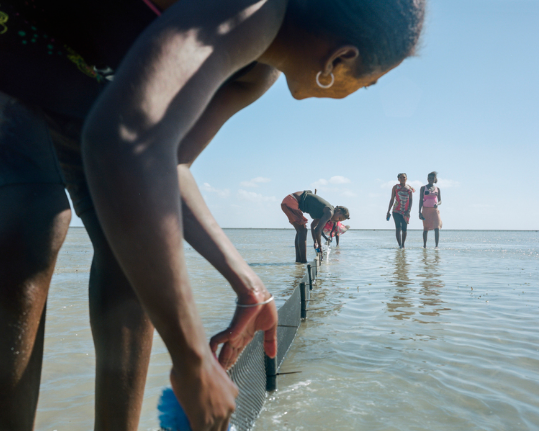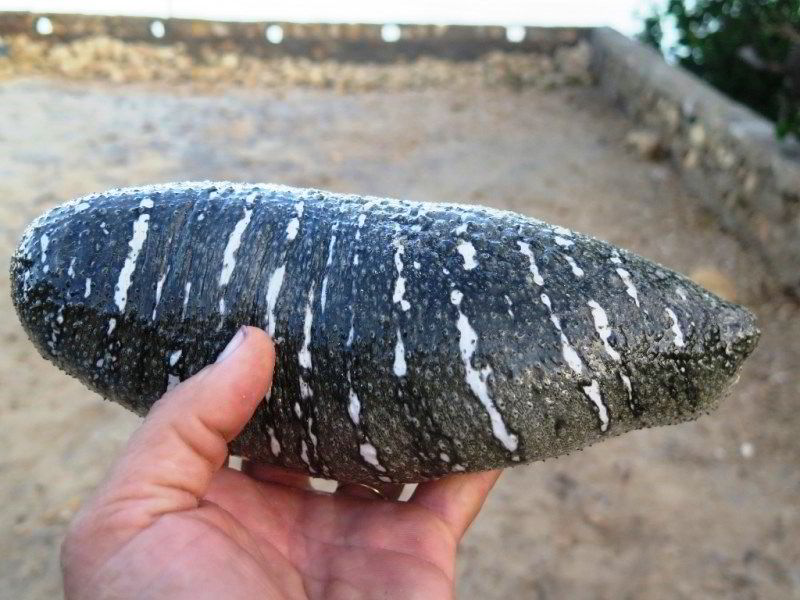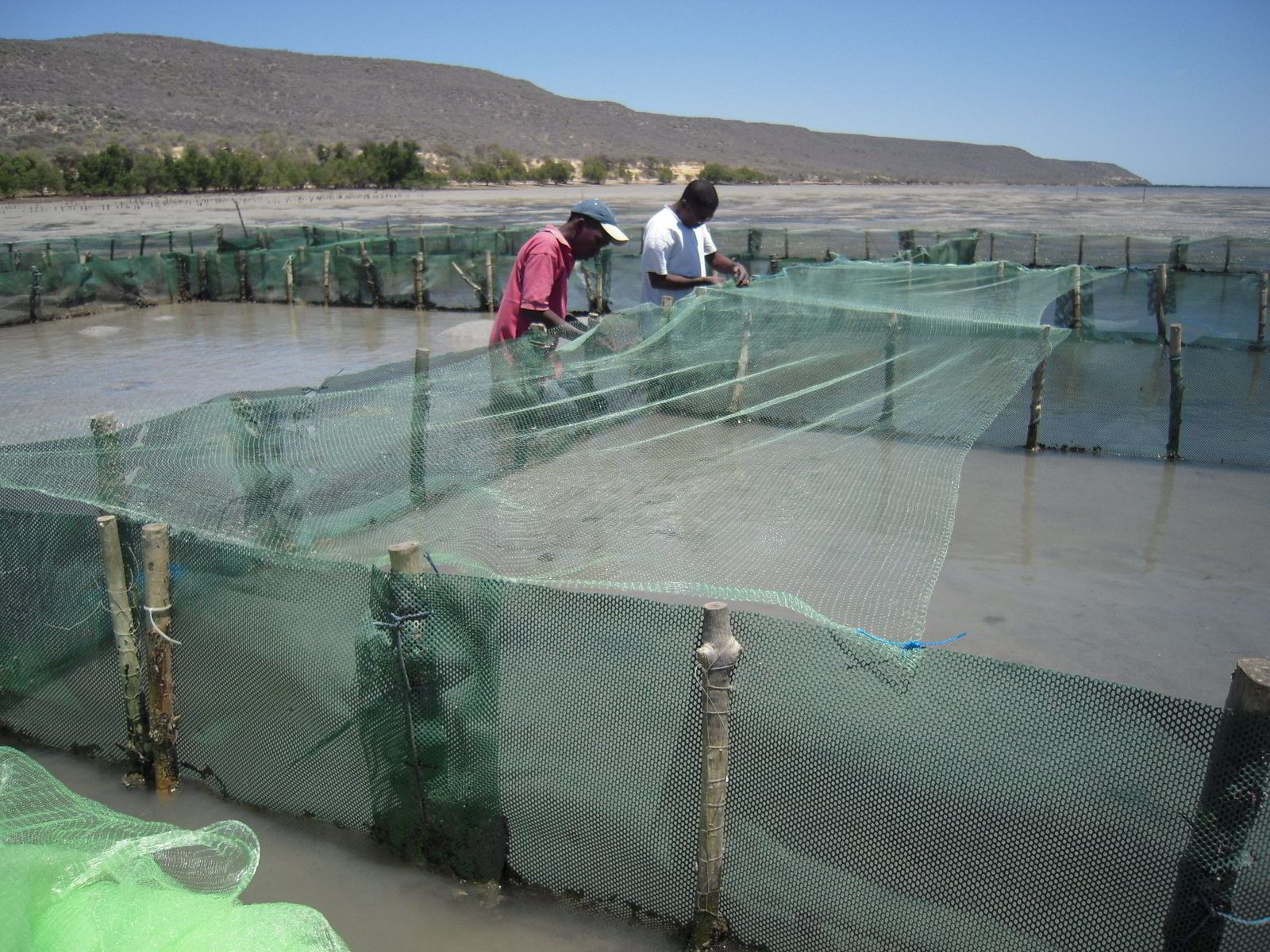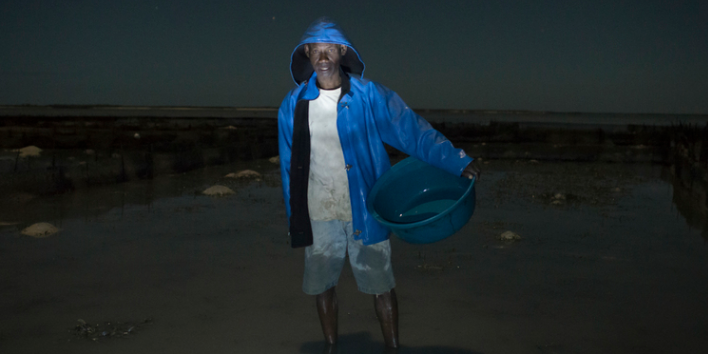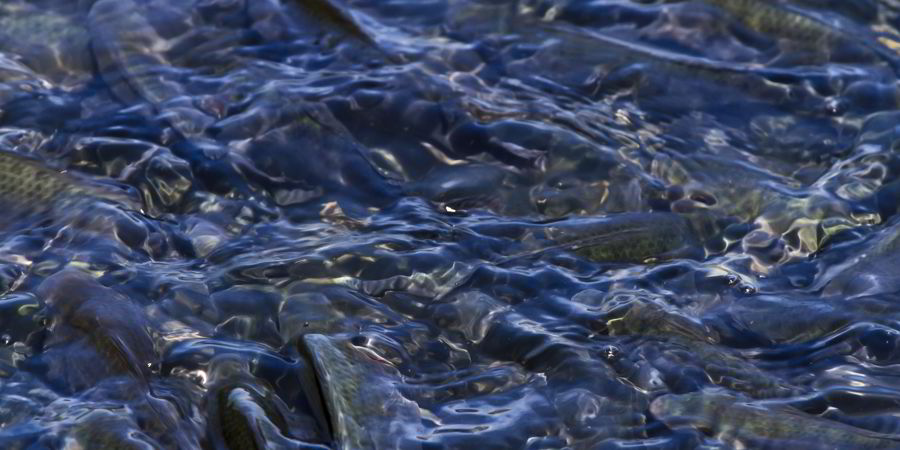Time and time again, fish farmers say feed costs are among the biggest expense of aquaculture -- but Aqua-Spark's latest investment, Madagascar sea cucumber farm Indian Ocean Trepang, has managed to cut the expense out altogether.

It's also good environmentally, Indian Ocean Trepang CEO Thibault Giulioli told IntraFish.
"They feed themselves on the organic waste and reject minerals," he explained. "There are microalgae that would grow on the surface of the sea floor that would generate organic materials,and bacteria and microalgae is reproduced by photosynthesis."
While sea cucumbers aren't exactly a hot commodity in western markets, they are considered a delicacy in parts of Asia, Velings said. In fact, the vast majority of Indian Ocean Trepang's product is shipped to China. In addition, "sea cucumbers are endangered and heavily overfished," he said.
Last year, Madagascar placed an export ban on wild-caught sea cucumbers, and although it's since been lifted, "it gives you an idea of how little of the animals are still in the wild."
The project began in 2011 as a science project between two Belgian universities -- Université de Mons-Hainaut and the Université Libre de Bruxelles -- and Madagascar's University of Toliara.
"They were working on the in-vitro fertilization of sea cucumbers because sea cucumbers, if you're not on the equator, are spawned seasonally, which means you have ups and downs in your production," Velings said.
Once the researchers were convinced they had something they could commercialize, they turned it into a business, finished a pilot phase and built farming operations in Madagascar. This turned into Indian Ocean Trepang, which now has 170 employees and produces five metric tons of dried product annually.
"When you sell dried sea cucumber, one piece is dehydrated and is an average of 16 grams, but if you take the same adult when you harvest it out of the sea, it would weigh 450 grams," Giulioli said.
Indian Ocean Trepang also works with NGOs to get the community involved. After handling the hatchery and pre-growing stage from post larvae to juveniles (which go from 5-7 grams to 15-20 grams), the company provides the juveniles to local fishermen, who grow them to market size in sea pens, about 450 grams, explained Giulioli.
There are about 200 families in the South of Madagascar that raise the sea cucumbers and oftentimes, "the husband would go fishing during the day and the wife would take care of the sea pen," he said. Indian Ocean Trepang finances the sea pens through NGOs such as Blue Ventures and Reef Doctor, and the families purchase the juveniles and "we give them 100 percent credit until we purchase them back."
It often takes a full 12 months for the sea cucumbers to grow to adult size, but the company goes to the village to check on them once or twice a month after six months, "because each animal grows at different speeds."
Giulioli said the method has "a positive impact on the villages," as it doubles the fisherman's average monthly income and most of the time "the first way they use these savings is to use it toward children's education." The second priority is household improvements, such as functioning roofs, and then they buy animals, such as chickens or goats and start selling the milk or eggs.
"The overall village community is benefiting," he said.
After the NGOs manage the village operations for two to three years, the company takes over the management, he explained.
Of course, as with any aquaculture venture, there are challenges to farming sea cucumbers.
"It's not so easy to get all the reproduction things right and build the right hatchery," Velings said. "Also, we're dealing with open water, so its difficult to keep your production under control."
Giulioli added that the company has to be instrumental in making closure to ensure the sea cucumbers "don't drift with the current."
"Then we just leave them growing there, and they bury themselves during the day and get out at night to feed themselves and move around. Most of the work of the workers is at night and also when you have low tide, because we need to be able to walk on the shore -- that is much more practical."
Velings said there are diseases, of course, but "they are fairly sturdy animals." The company is still working to balance weather conditions and other ideal circumstances.
"This type of sea cucumber haven't been farmed all that much on a large scale, so there are fairly few farms around and still a lot to learn."
Next for Indian Ocean Trepang is simply growing, Velings said.
"We want to expand the company to different geographies, too," he said. "Indonesia, Oman, everywhere where you have tropical waters and good circumstances, we can repeat this and build a copy of the farm."
---
For more seafood news and updates, follow us on Facebook and Twitter or sign up for our daily newsletter.
